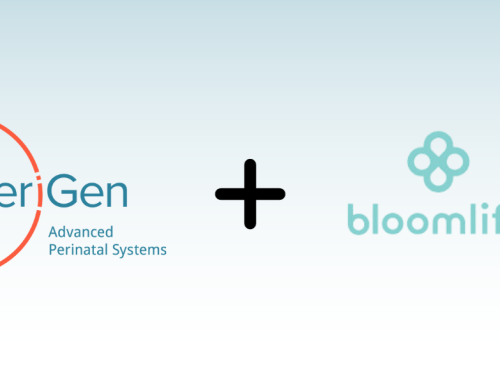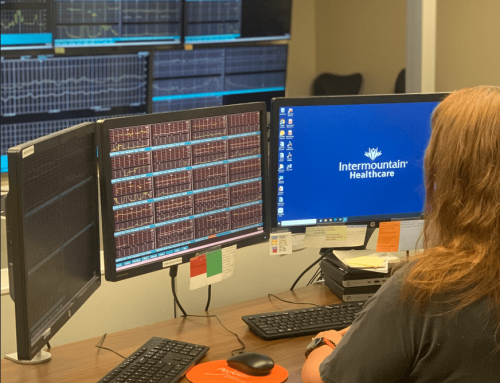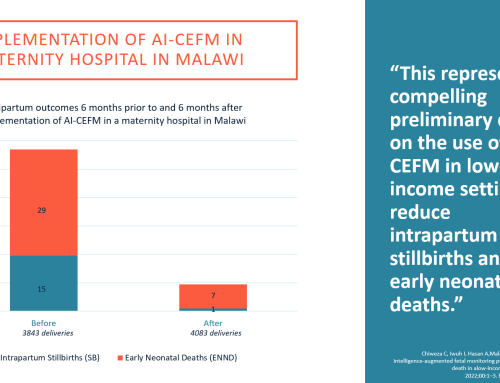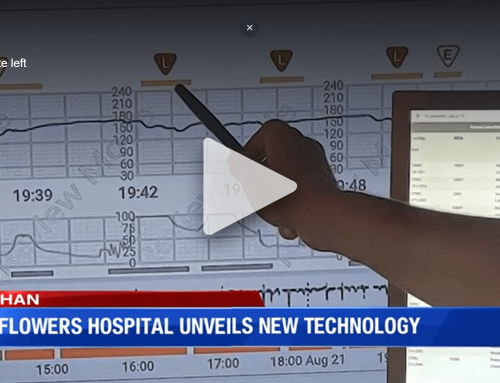 Despite considerable efforts to prevent medical errors to hospitalized patients, healthcare organizations continue to report adverse events due to inadequate patient care hand-offs. In 2001, the Institute of Medicine stated that an inadequate hand-off that safety often fails on first. You would assume that this is the most important time during patient care to ensure that all relevant information is shared amongst caregivers to promote return to wellness. Summarizing a patient’s progress and goals are just as vital as glucose measurements and BP readings.
Despite considerable efforts to prevent medical errors to hospitalized patients, healthcare organizations continue to report adverse events due to inadequate patient care hand-offs. In 2001, the Institute of Medicine stated that an inadequate hand-off that safety often fails on first. You would assume that this is the most important time during patient care to ensure that all relevant information is shared amongst caregivers to promote return to wellness. Summarizing a patient’s progress and goals are just as vital as glucose measurements and BP readings.
The Joint Commission’s Provision of Care Standard, PC.02.02.01 requires that: “The organization’s process for hand-off communication provides for the opportunity for discussion between the giver and receiver of patient information.”
The Joint Commission continues to list communication failures as one of the most common contributing factors of adverse events.
These communication breakdowns can be further delineated as:
- Insufficient or misleading information
- Delays
- Interruptions
- Lack of Standardization of care
- Staffing
- Non-Compliance
These errors can lead to adverse events, malpractice, and death.
Powered by artificial intelligence, clinical decision support tools enhance hand-off based upon a standardized, objective platform. The clinicians can review critical patient information at the bedside during all care transition opportunities, fostering a collaborative care environment.
To watch a recent webinar on Technology Enhancing Hand-off Communication, please click here.








